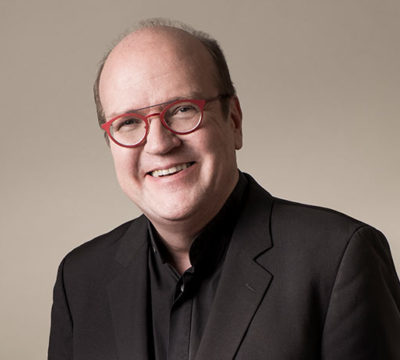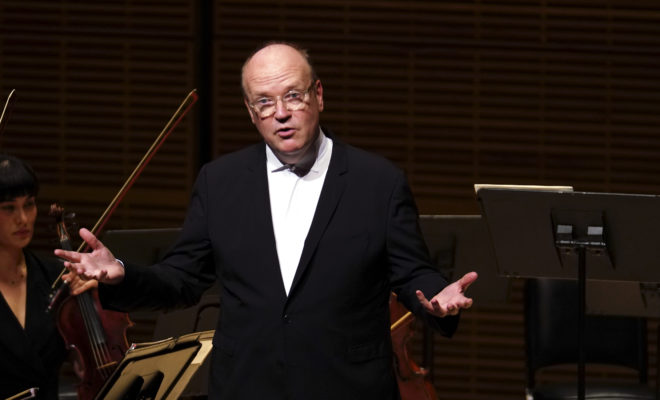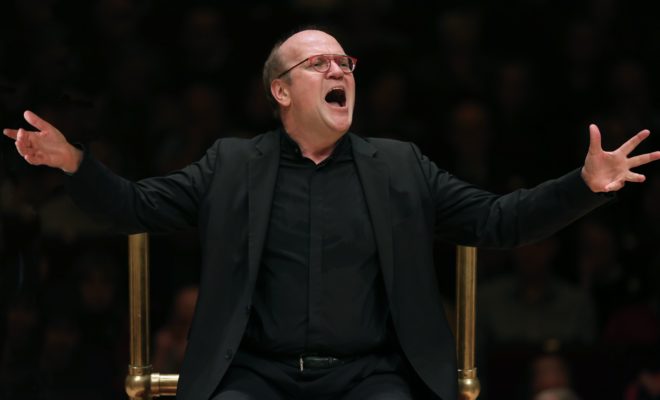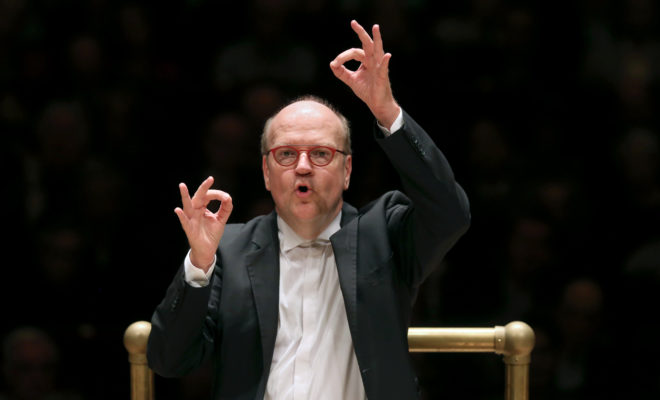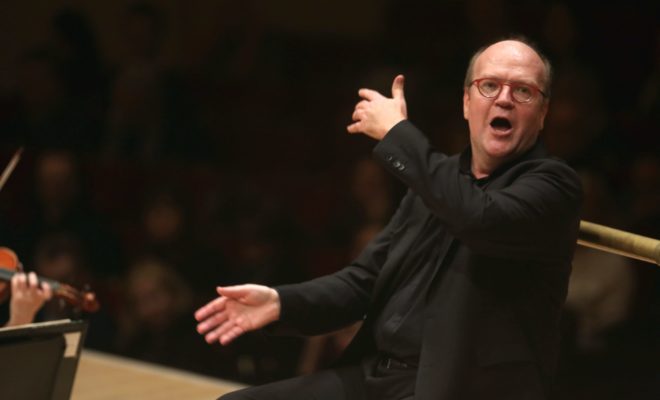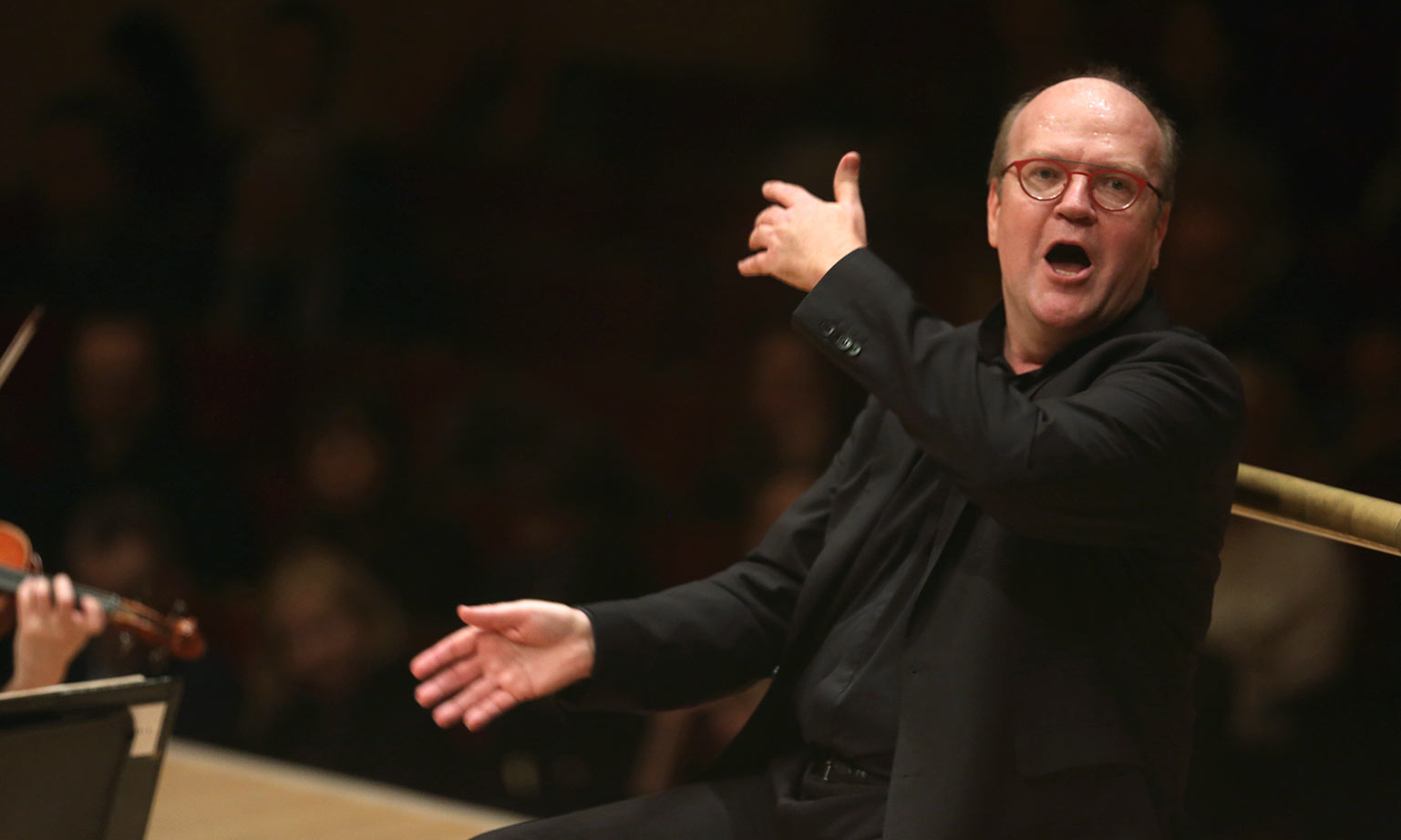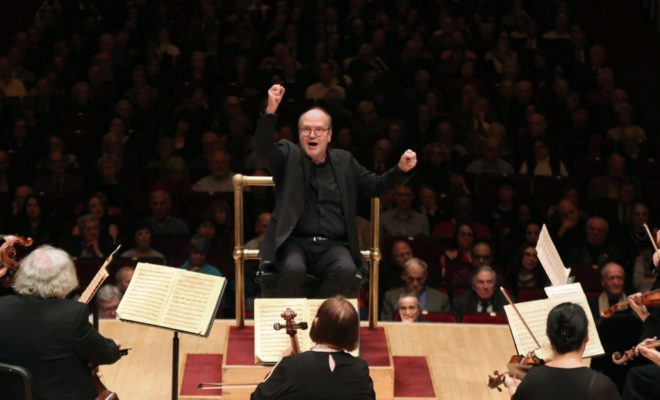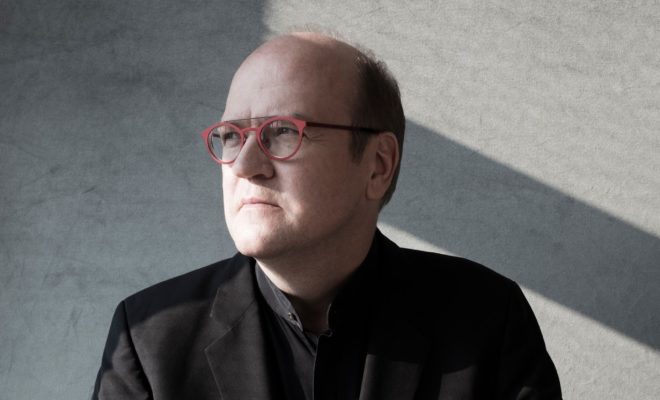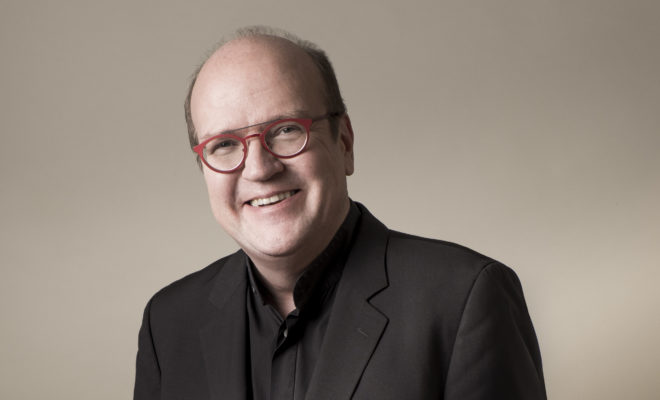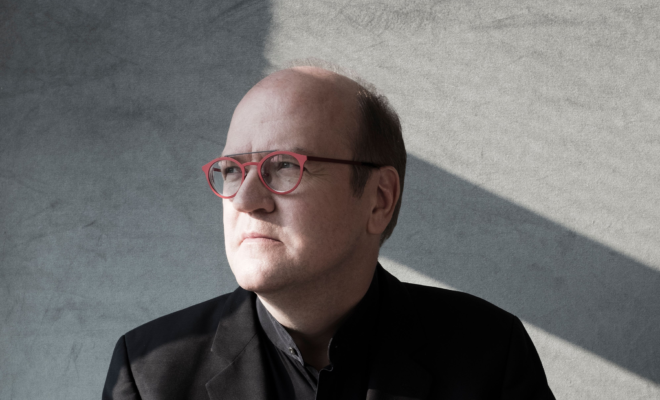I invite you to join me on a trip down memory lane.
What were you listening to in the 70s? If some of you were not even born, not to worry, as my question is for the ancient people among our readers.
As a leading member of the Pack of Ancients, I can tell you that the 70s were for me the years of my musical awakening. I turned 7 in 1970, and only a couple of years later was I introduced to baroque music by my music teacher in elementary school, Odette Labrousse. She lent me her most precious LPs: Bach cantatas by Karl Richter, Brandenburg Concertos and Monteverdi’s Orfeo by Harnoncourt, and recorder repertoire performed by the Holy Trinity of Brüggen, Leonhardt and Bylsma.
I’m sure the LPs were returned to her in very bad condition, but she never complained about it. If I’m a musician today, it is because of her. Ms. Labrousse still attends most of my concerts in Québec by the way. Soon enough I started buying my own recordings – mostly Bach’s oratorios and later on cantatas by Harnoncourt.
Though my social skills were still in formation, it was many years later that I first learned of the word “nerd.” By my teenage years I knew most of the BWV catalogue by heart. There is a story to be told about each one of them, and I share with you my memories from my first encounter with the mighty St. Matthew Passion.
When I procured Harnoncourt’s recording of the St. Matthew Passion, I added it to two other Harnoncourt recordings in my collection: his B minor Mass and Christmas Oratorio. Both had been huge shocks to my uneducated sponge of a brain; but with the St. Matthew it was different. I was overwhelmed in a different way. There were too many notes piled on top of each other in my little Eulenburg pocket score. The opening chorus especially seemed to be the most terrifying thing I had ever heard. Terrifying as in terribly beautiful, but too vast to be comprehended.
I spent months peeling off the score and playing the LPs until there were more scratches than music to be heard; then I bought a new set. My room at my parents’ house was in the basement then. I remember listening to the recording over and over again, often late at night and preferably in the dark so I wouldn’t bother anybody.
I would have to wait some twenty years before life gave me the privilege of conducting this piece, first in Tokyo in 1995, then again in 2000, this time with my own choir and orchestra, La Chapelle de Quebec and Les Violons du Roy. I barely had enough of that time to wrap my mind around this monument. I have returned to it a few times since as conductor (it was on top of my wish list when I returned after cancer in 2016), and every time revisit the St. Matthew Passion I remain in awe of the complexity, depth and humanity of this ultimate masterpiece.
It is officially my desert island piece.
Since Harnoncourt recorded the piece for the first time in September 1970 (almost fifty years ago!), the world of HIP music has changed at lightspeed. The historical knowledge as well as the level of technical command of the playing on period instruments has reached summits that were unthinkable back then.
We now know that the cornetto is not a weapon of mass destruction; in the hands of the best players, it can sound like the most beautiful thing on this planet. (But, my goodness was it awful back then.) We also know that a whole period instrument woodwind section in a Mozart symphony can sound immensely beautiful and in tune. We even learned that the violoncello da spalla (literally “shoulder cello”) is not an instrument of physical torture.
Consequently, going back today to the recordings of the 70s is not always a pleasant experience. We revere the boldness and courage of the pioneers who paved the way that lead to the present state of things; but listening to their recordings can sometimes be a bit brutal, if not downright humorous.
There are of course numerous bright exceptions. Listening to Frans Brüggen play Corelli’s La Folia in a recording from 1969 with Leonhardt and Byslma still gives me goose bumps to this day. Everything that has become a staple of performance practice was already there. More important, the music making was fabulous – they were not trying to prove anything, they were just making heavenly music on recently rediscovered instruments.
Full disclosure: I was a recorder player for about fifteen years in a previous life. Which hero of my youth was the first recorder player to become a great conductor of baroque and classical music? Hands down, Frans Brüggen. If he’s listening from ‘upstairs’ I hope he approves.
While preparing this text, I went back to numerous recordings of the St. Matthew Passion, as I absolutely wanted to offer you the aria Komm, süsses Kreuz which has been a perennial favorite of mine. I listened to many interpretations from great singers under the direction of the best modern-day specialists, many of whom have recorded the piece multiple times with different teams of singers. There are many extremely beautiful versions out there.
Then I went back to the recording of my youth: Max van Egmond with Harnoncourt playing the viola da gamba himself in 1970. I had a huge shock, albeit different from the one I had in my teens, but a shock no less. Nobody sings or has ever sung Komm, süsses Kreuz like Max van Egmond. His recording is the ultimate embodiment of sweetness and comfort, in an aria that is quintessentially about sweetness and comfort.
I heard him live in Montreal in the 80s, and I can confirm that his voice was not designed for huge concert halls, but perfectly suited to the size of halls Bach had known. His command of color, line, meaning and projection of the text, in one word his artistry, was, and for me remains to this day, second to none. He was the quintessential Kammersänger. His long association with Bach (as a member of Harnoncourt’s team alongside Paul Esswood and Kurt Equiluz) led him to an intimate understanding of his music.
He recorded extensively, at a time when the editing of a recording required a good pair of scissors and a lot of patience, which means you could not micro-manage takes and manufacture on tape something that did not exist in real life. He was the product of a pre-internet era, an era that was not eager to turn gifted young singers into overnight superstars. He was – he still is for sure – a modest man putting every gift he had to the service of music. Modesty in front of Bach’s music is the first quality required from any interpreter; Max van Egmond encapsulated that model of a musician.
Of course the recorded sound and performance from 1970 has its technical limitations. But when I listen to this recording, I still feel today what I felt when I was a twelve-year-old boy: the real authenticity of great artists serving Bach’s most profound and heartfelt music.
*****
Komm, süsses Kreuz appears late in the St. Matthew Passion, when Jesus is painfully bearing his Cross in the streets of Jerusalem. As he almost faints, a bystander, Simon of Cyrene, is asked by the Romans to bear the Cross for him. The text of the aria (by – guess who – Bach’s libretto partner Picander) is intended for the Christian soul who wants to share in the suffering of Jesus and the painful task of the new bearer:
| Come, sweet Cross – this is what I will say – , |
| My Jesus, give it always to me! |
| If my suffering at any time becomes too heavy, |
| Then you yourself helped me to bear it. |
To musically express this painful journey, Bach summons a modest viola da gamba (“modest” in intimacy of tone, though it is for him the instrument of the heart) with basso continuo to accompany the voice. Interestingly, in the original version from 1727, Bach used a lute instead of a gamba as the solo instrument. Clearly intimacy was of the essence. The viola da gamba presents a labored, and dreadfully difficult to play, line in dotted rhythms. The dotted rhythms are reminiscent of the French overture and reference royalty: here the royalty is a king painfully making his way to his own death. Pain brings redemption (a common concept in the 18th century). The huge gaps in the line vividly depict his tortuous walk while the vocal line floats on top of it, in essence conveying the human soul looking for comfort in suffering.
Program
Johann Sebastian Bach
Matthäuspassion, BWV 244, Part 2: No. 57 "Komm, süßes Kreuz" (Bass)
